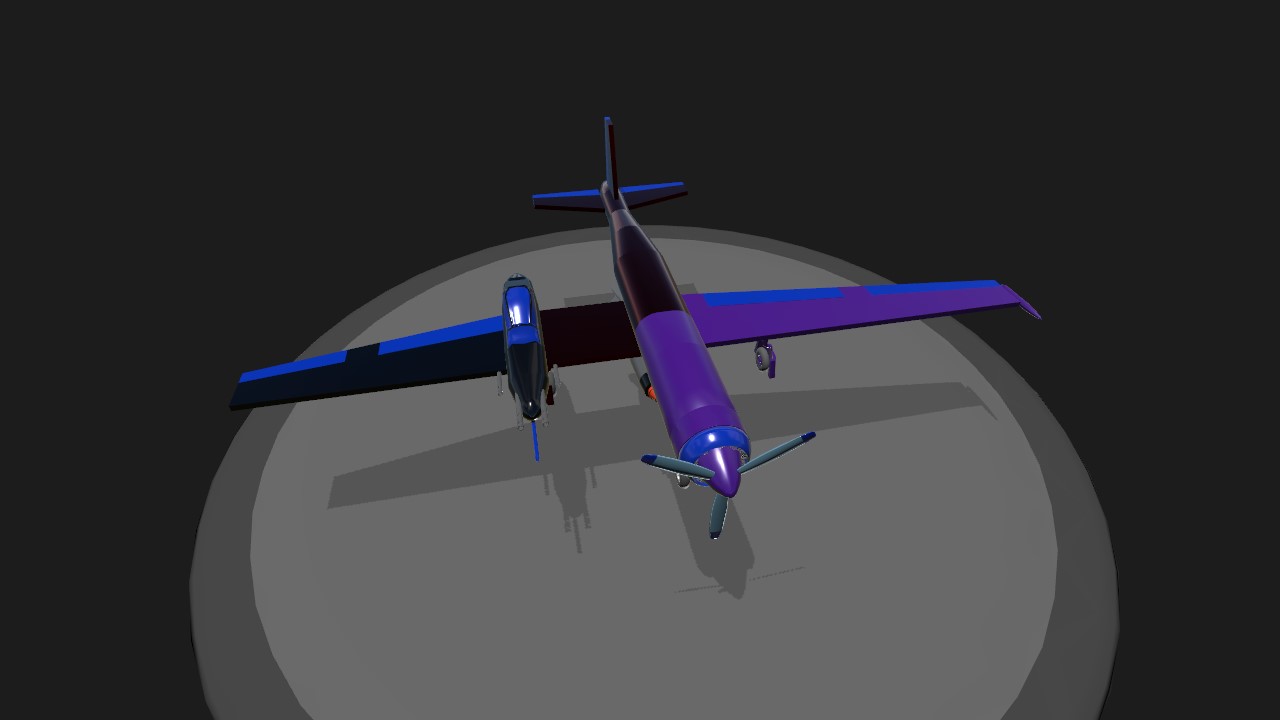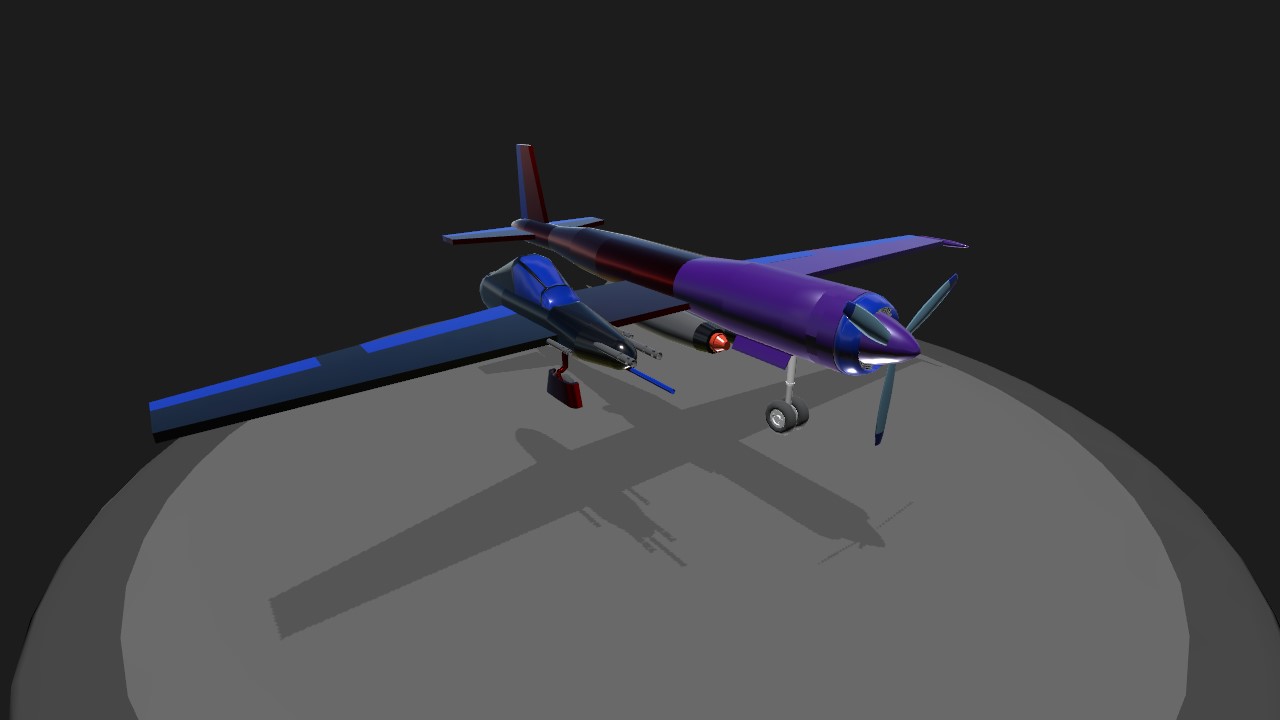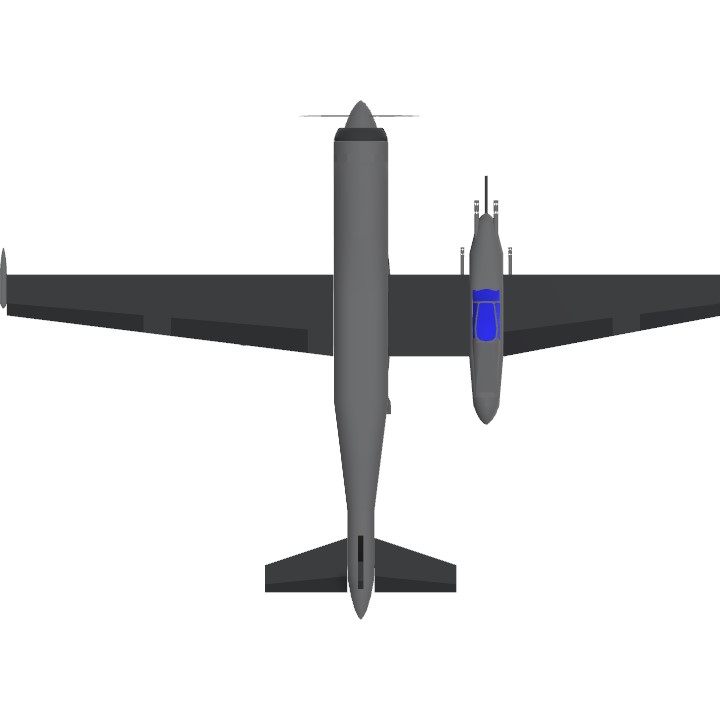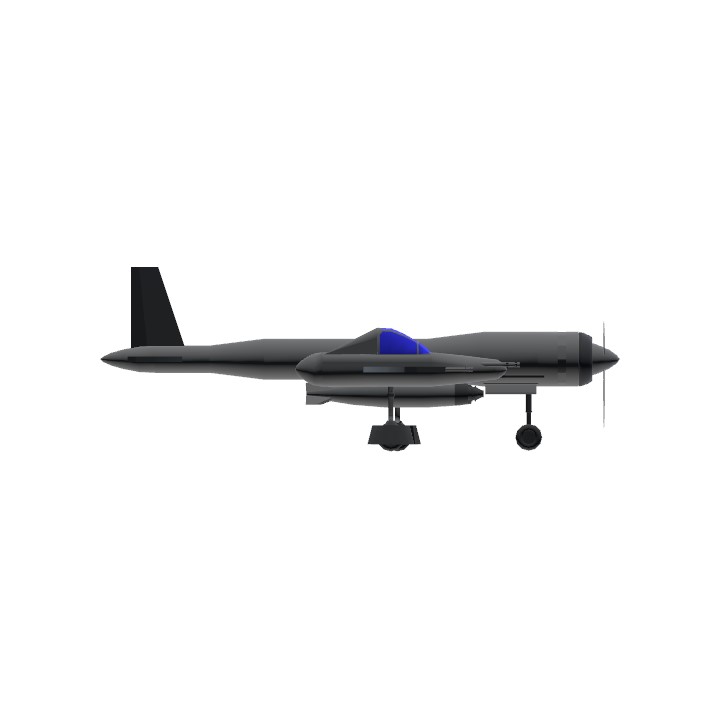The Snail-Eater is one of the signature aircraft employed by the Confederation of the Iberian Region (CIR). This faction's roots lay in the progressive decay of the old Spanish government, which caused many of it's inhabitants to resort to resurging activist and mutual aid groups to make their ends meet, leading to the formation of a bottom-up society loosely in the anarchist spectrum that takes up the entire peninsula.
They tend to use bizarre contraptions because on one side, much of the CIR's industry has developed in a decentralized way that harnesses solar boilers, causing aircraft production to often involve small manufacturers producing spare parts and, on the other side, the open public domain-esque nature of aircraft blueprints allow manufacturers and squadrons to tinker and experiment with existing designs. This has caused many of their airframes to employ modular construction, thus diminishing the logistical footprint of the practice of splicing together at-times almost unique airplanes. In particular, the Snail-Eater's fuselage is one of the most popularly reused sections.
The Snail-Eater's main role is to be a long-range attack aircraft capable of hitting the enemy logistics train behind enemy lines. It's armament consists of 2 rifle-caliber MGs in the cockpit wing roots; 2 18 mm cannons and a 27 mm gun in the nose.
In keeping with this, the pilot is set apart from the rest of the aircraft to both protect them in case of a fire (the fuselage contains all of the internal reserves) and provide a better view. As seen, the side cockpit also enables it to effectively have a clean nose for gear.
Specifications
General Characteristics
- Created On Windows
- Wingspan 43.2ft (13.2m)
- Length 31.2ft (9.5m)
- Height 10.9ft (3.3m)
- Empty Weight 5,868lbs (2,662kg)
- Loaded Weight 8,735lbs (3,962kg)
Performance
- Horse Power/Weight Ratio 0.206
- Wing Loading 45.9lbs/ft2 (224.0kg/m2)
- Wing Area 190.4ft2 (17.7m2)
- Drag Points 1974
Parts
- Number of Parts 41
- Control Surfaces 7
- Performance Cost 288






